
The Cold War remains one of the most critical periods in modern history, spanning from the end of World War II in 1947, to the dissolution of the Soviet Union in 1991. This prolonged period of geopolitical tension between the United States and the Soviet Union not only shaped international relations but also transformed the landscape of espionage permanently.
Introduction to Cold War Espionage
The Cold War era was marked by intense scrutiny and competition. Both superpowers sought to outmaneuver each other in an ideological struggle, often resorting to covert operations to gain strategic advantages. As a result, espionage became a key component of national defense strategies.
Development of Espionage Techniques
During the Cold War, espionage tactics evolved significantly. The shadowy world of spies involved breathtaking tales of undercover agents, double agents, and clandestine missions. Techniques such as surveillance, code-breaking, and the use of human assets were refined and widely utilized.
Many innovations in surveillance technology that we take for granted today can trace their origins back to this time. The need to gather intelligence without alerting the adversary led to advancements in audio interception, satellite reconnaissance, and covert photography.
The Impact of Espionage on Cold War Outcomes
Espionage played a crucial role in informing both sides of the other’s military capabilities and political intentions. This intelligence sometimes prevented misunderstandings that could escalate into full-blown conflicts. Conversely, it also contributed to the arms race, as each nation sought to counter perceived threats and maintain a balance of power.
One of the most famous espionage incidents of the Cold War, the U-2 incident in 1960, dramatically highlighted the stakes involved in these covert operations. The downing of an American U-2 spy plane over Soviet airspace strained diplomatic relations and exemplified the provocative nature of espionage activities.
Espionage Agencies and Key Figures
Several espionage agencies played pivotal roles during the Cold War. The Central Intelligence Agency (CIA) in the US and the KGB in the Soviet Union became the most renowned, each amassing a significant amount of power and influence through their operations worldwide.
Figures like James Bond may be fictional, but they reflected the public’s fascination with espionage during this era. Real-life counterparts like Kim Philby, part of the notorious Cambridge Five, defected to the Soviet Union after years of passing crucial information to them, highlighting the complex loyalties and high stakes involved.
The End of the Cold War and Its Aftermath
Even after the Cold War ended, the legacy of espionage endured. Many of the strategies, technologies, and infrastructure developed during this time continue to influence modern intelligence practices. New threats such as cyber espionage have emerged, requiring adaptations and continued investments in intelligence capabilities.
Conclusion
The Cold War’s impact on espionage is both profound and enduring. It prompted the development of innovative techniques and solidified the role of intelligence as an essential element of national security. Understanding this legacy helps us comprehend current geopolitical dynamics and the ongoing importance of espionage in a constantly evolving global landscape.
The Cold War remains one of the most critical periods in modern history. Espionage played a crucial role in informing both sides of the other’s military capabilities and political intentions. 



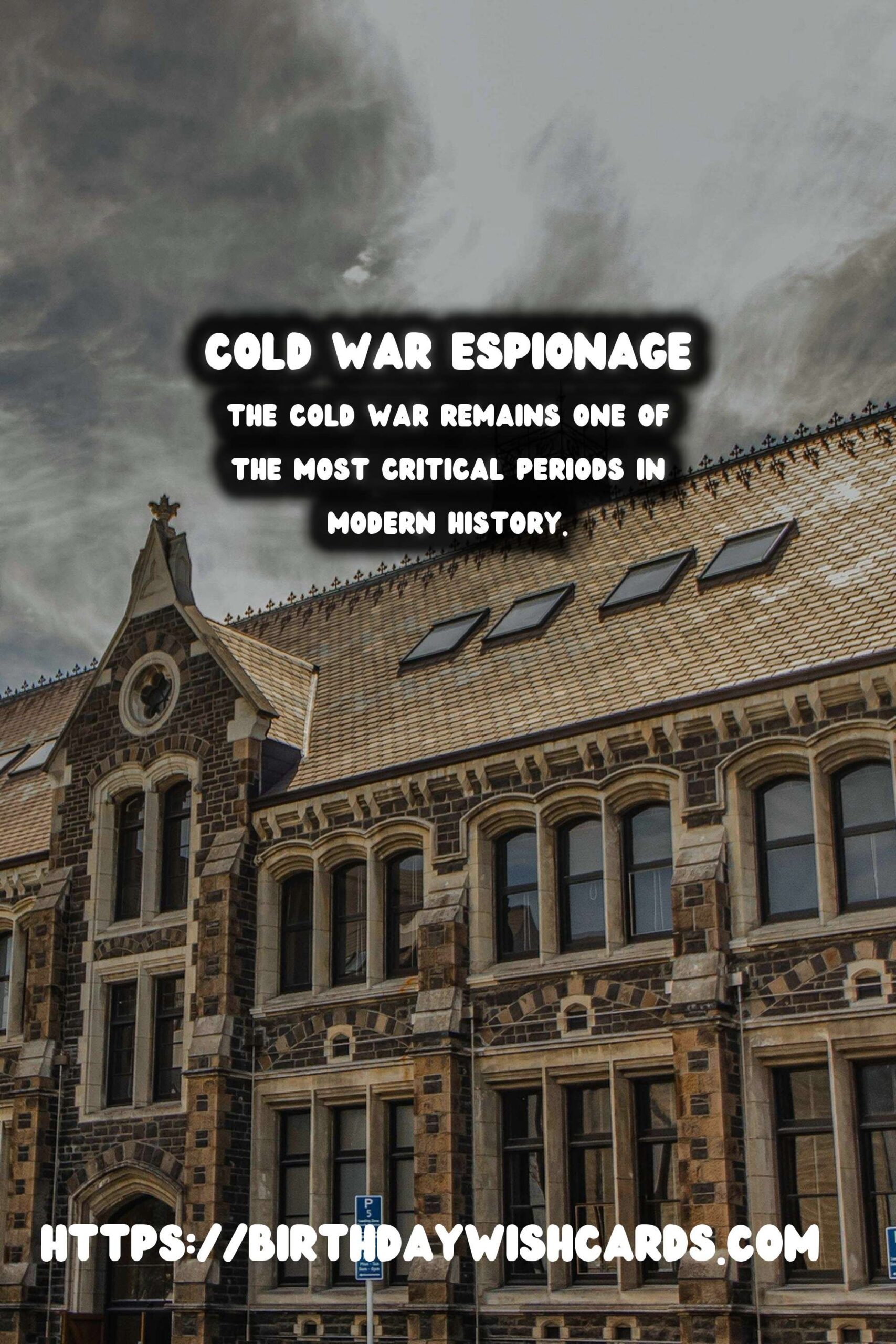
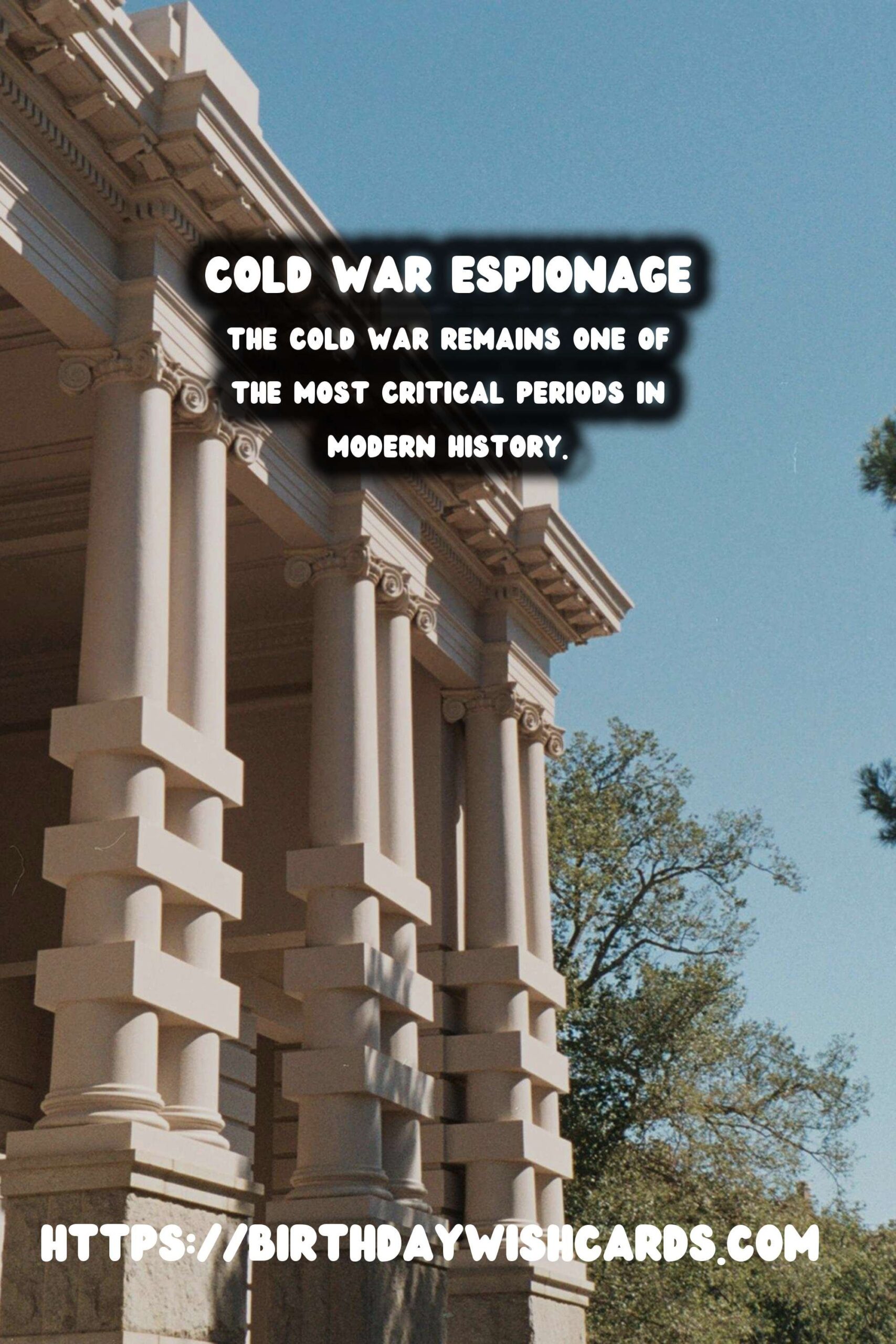

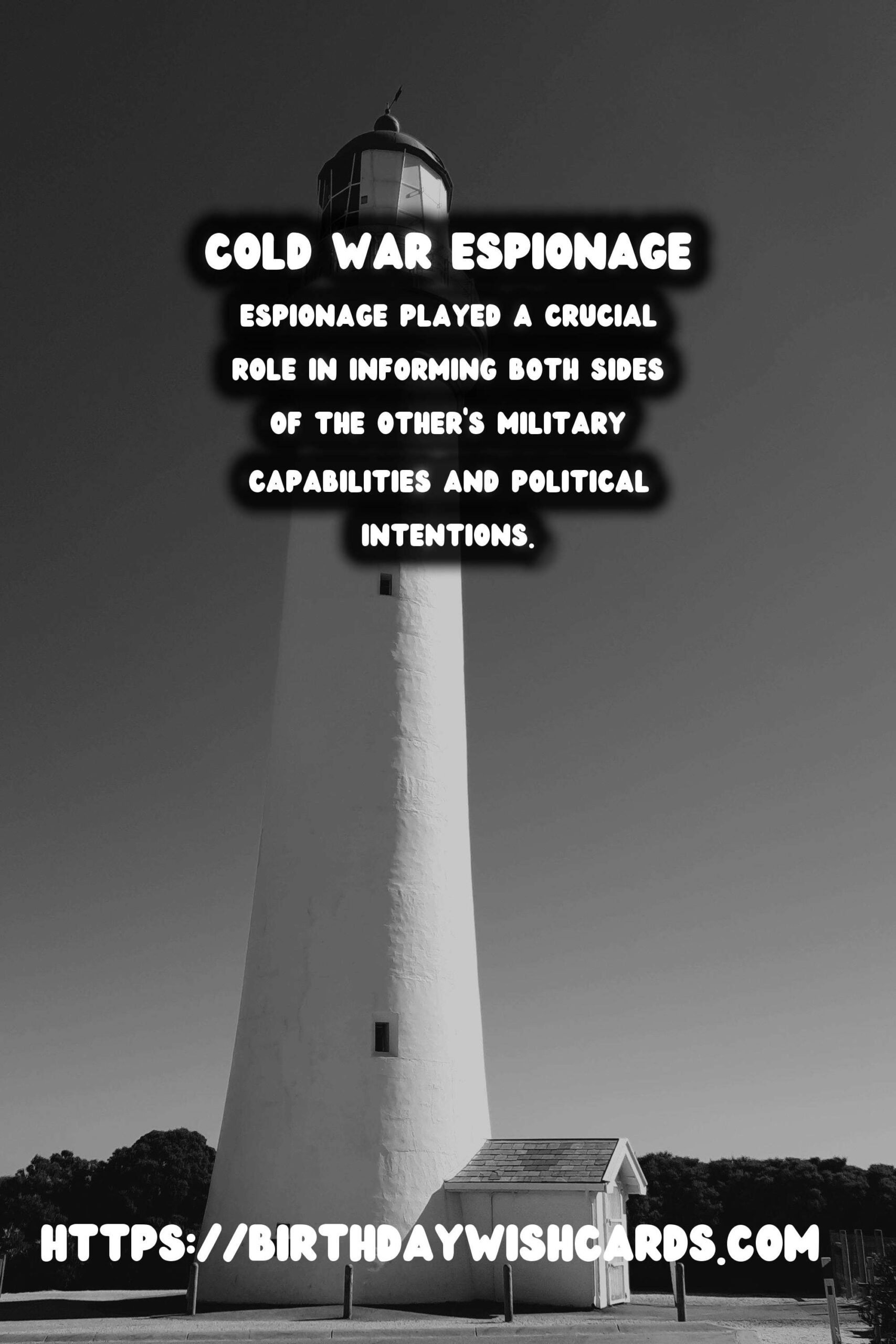
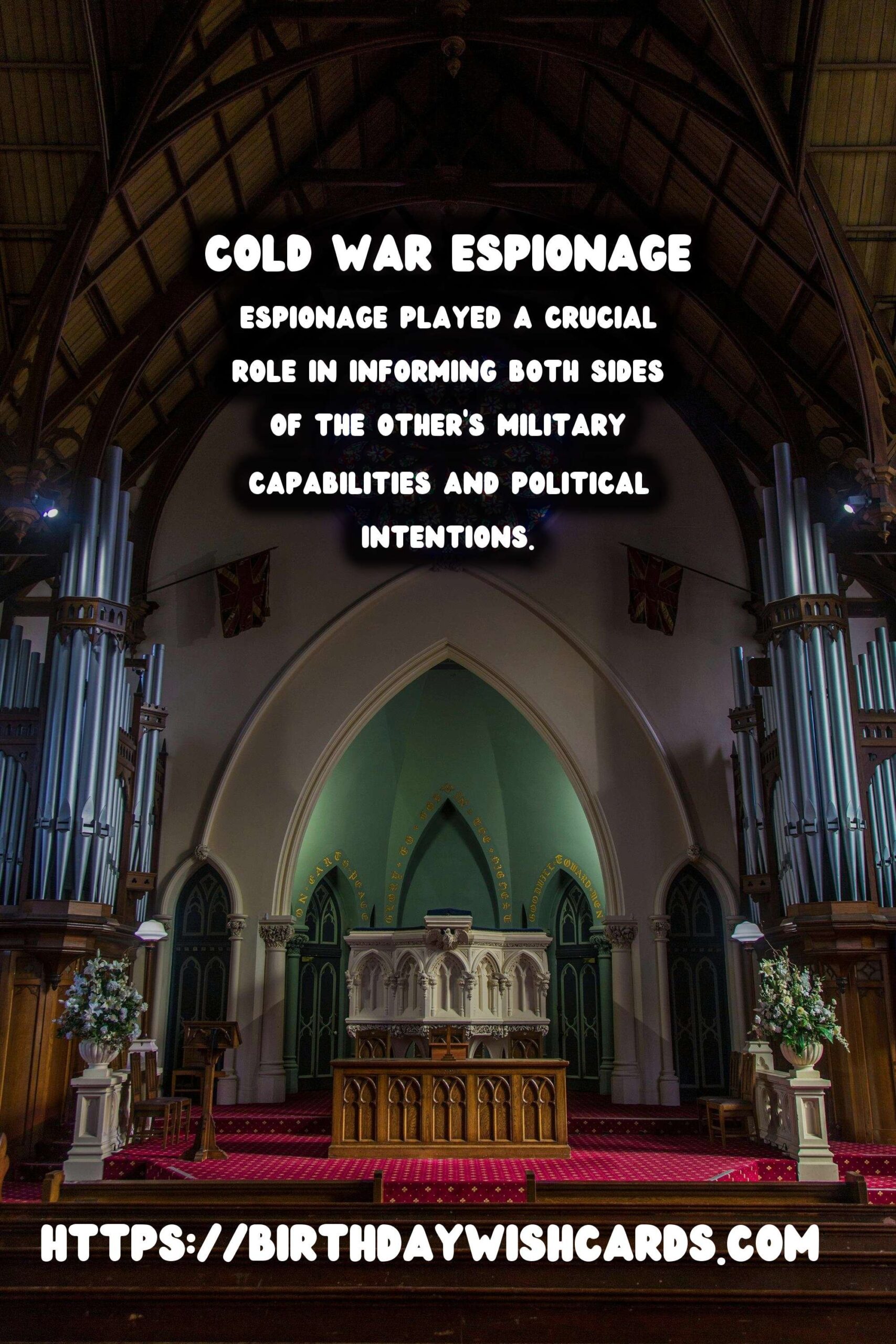
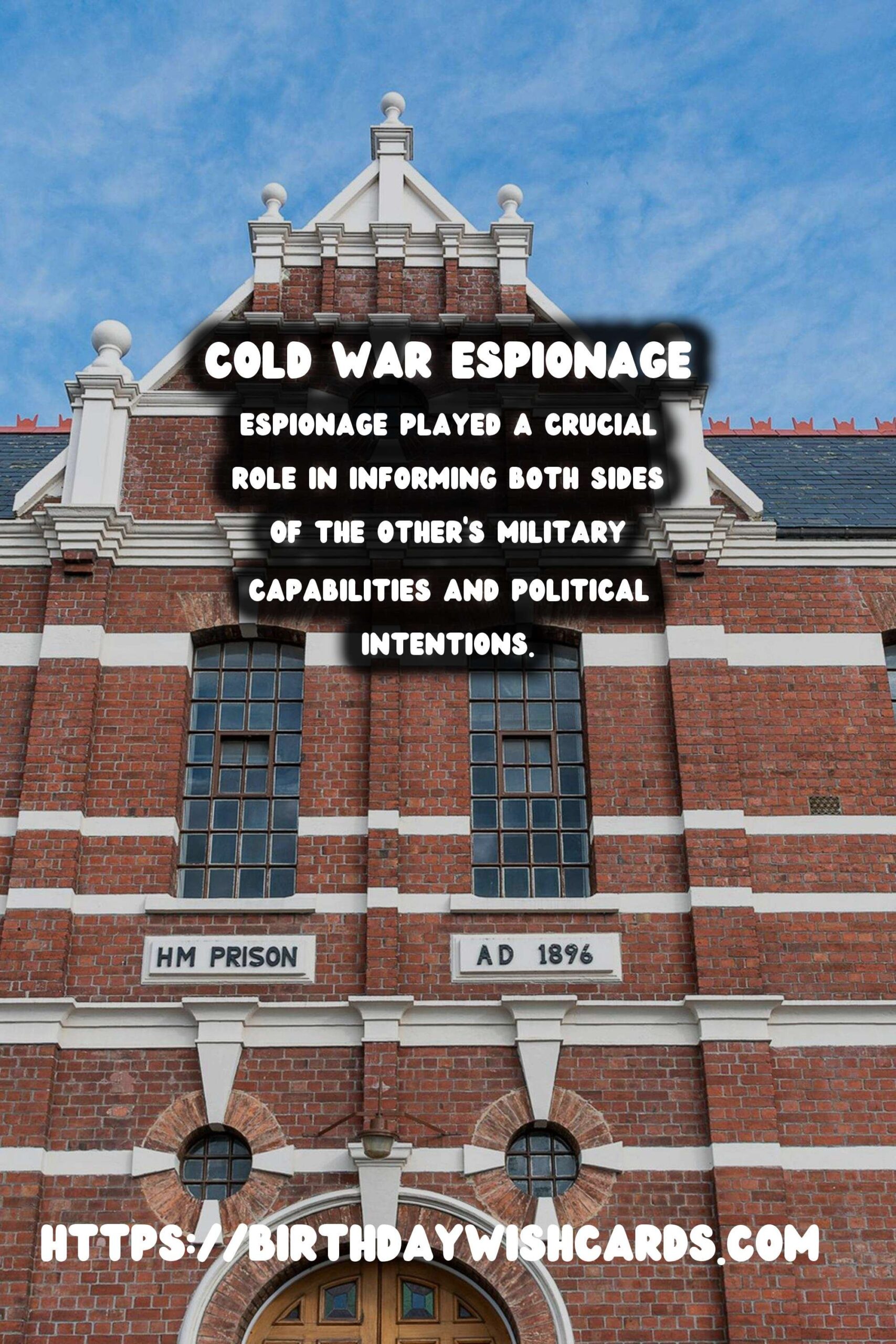
#ColdWar #Espionage



